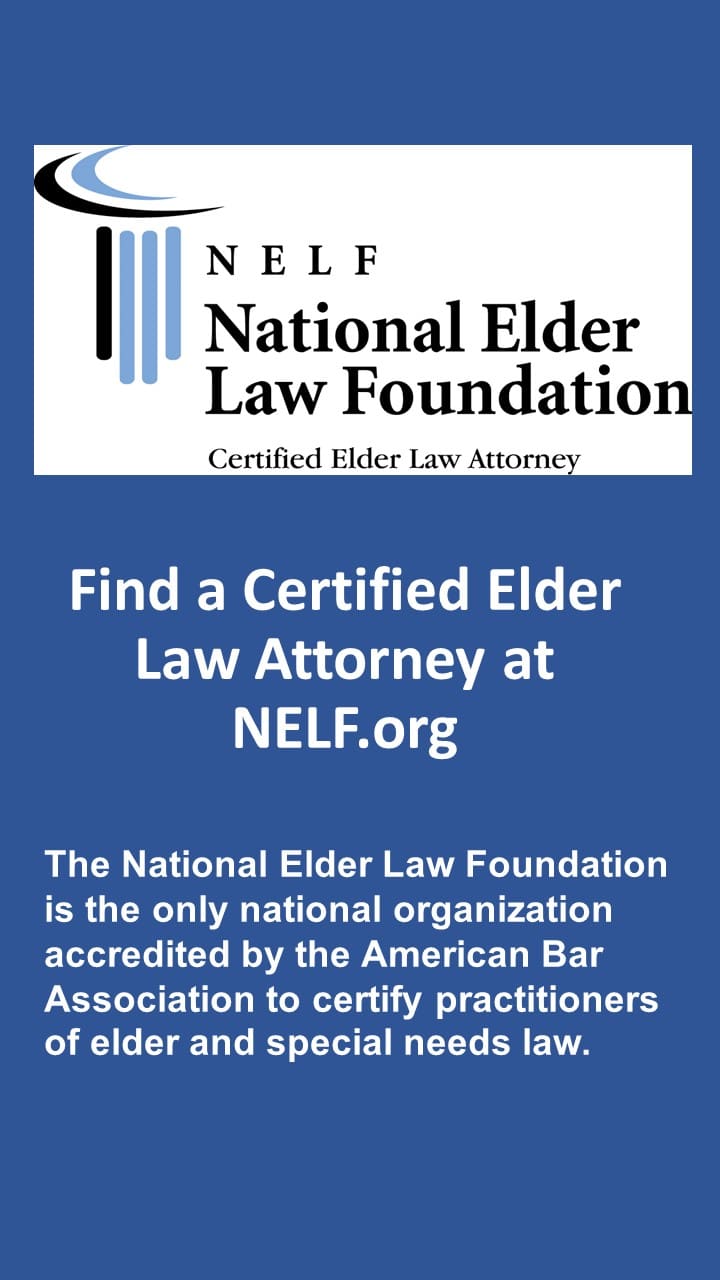If called upon to determine the meaning of a trust, or to resolve some ambiguity, Court look for the intent of the Settlor. As stated in Strange v. Towns, “The cardinal rule in construing a trust instrument is to discern the intent of the settlor and to effectuate that intent within the language used and within what the law will permit.” (Citation and punctuation omitted.) Smith v. Hallum, 286 Ga. 834, 691 S.E.2d 848 (2010); see also Ferst v. Ferst, 208 Ga.App. 846, 847, 432 S.E.2d 227 (1993).”
With the foregoing in mind, most well drafted trusts include a statement concerning the Settlor’s intent. Many will repeat the Settlor’s intent multiple times, usually using different phrasing. The following are examples of such statements from various trust documents.
Special Needs Trusts
Example 1: It is intended that this Trust will qualify for the Medicaid exclusion under 42 U.S.C. §1396p(d)(4)(A), (Title XIX of the Social Security Act – “Medicaid”) (A Trust Established Solely for the Benefit of a Person Under the Age of 65 Who is Disabled as Defined in Section 1614(A)(3) of the Social Security Act), SSA POMS SI 01120.200, and Section M1120.202 of Volume XIII of Virginia Medicaid Manual. Any provision of this Trust which may prevent this Trust from satisfying full compliance with 42 U.S.C. §1396p(d)(4)(A) shall be null and void.
Example 2: It is Grantor’s intent that [Beneficiary] receive all government entitlements to which [Beneficiary] would otherwise be entitled, but for the distributions hereunder. Grantor recognizes that in view of the vast costs involved in caring for a disabled person, a direct distribution would be rapidly dissipated. The purpose of the Trust is to permit the use of trust assets to supplement, and not to supplant, impair or diminish any benefits or assistance of any Federal, State, or other governmental entity to which Beneficiary may be eligible or which Beneficiary may be receiving.
Example 3: It is the intent of the Grantor to create a trust that will not affect the beneficiary’s eligibility for governmental benefits, pursuant to the 42 USC 1396 (d)(4) A and ORC § 5111.151(F), and to supplement governmental benefits.
Example 4: This Trust is being established to receive [Beneficiary]’s assets. Assets transferred to the Trust are to be available as supplemental assistance for [Beneficiary] at the discretion of Trustee. [Beneficiary] is currently disabled as defined under the Supplemental Security Income program of Title XVI of the Social Security Act, and requires continuing support, assistance and supervision. It is the primary intention of the Court and the parties to provide for a continuing conservation and enhancement of the assets transferred to this Trust to supplement but not supplant or replace all other financial and service benefits to which [Beneficiary] might be eligible from any local, county, state or federal agency. This Trust is established in conformity with the requirements of 42 U.S.C. 1396p(d)(4)(A). It is the express purpose of this Trust to supplement other benefits received by [Beneficiary], and not to provide for [Beneficiary]’s basic needs. Trustee shall hold, manage, invest and reinvest all property received and distribute income and principal to the designated beneficiaries according to the terms and conditions of the trust established by this declaration.
Example 5: The purpose of this Trust is to protect [Beneficiary]’s long-term interests, to generally provide supplemental care during [his/her] lifetime, to make available to [him/her] such restorative and rehabilitation services that are or will become available to help [him/her] achieve as normal a physical functioning as is possible and to increase the quality of [his/her] life, after utilizing available assistance from governmental and private agencies and when such assistance or benefits are incomplete or insufficient, and not to replace assistance or benefits or to render [Beneficiary] ineligible for any assistance or benefits to which [he/she] would otherwise be entitled or eligible, and which are in [his/her] best interest.
Use of Funds for Minor Children
It is our intention that the person or persons who care for any minor children of ours shall be reimbursed for all expenses incurred as a direct or indirect result of providing this care. We direct the trustee to make such distributions as the trustee considers reasonable and in furtherance of this intention, including, without limitation, purchasing a residence of sufficient size to accommodate our children and the family of the person or persons caring for them, giving these persons rent-free use of the residence, maintaining the residence and paying insurance and real estate taxes on it, providing household help and related services, and similar expenditures. The person or persons shall not be required to account in detail for distributions to them for our children’s benefit. They and the trustee shall have no responsibility for any such distributions that the trustee in good faith considers reasonably related to the needs of and expenses for our children.
Spendthrift Clause
It is trustor’s intention that, to the fullest extent allowed under applicable law, (i) all rights and interests which any beneficiary shall have in the principal or income of any trust at any time shall not be subject to voluntary assignment, alienation or anticipation by the beneficiary, whether for consolidation or otherwise; and (ii) no such right or interest shall be or may be made liable for any involuntary assignment, alienation or anticipation, or for any debt or obligation of the beneficiary, or may be made subject to attachment or any other order, decree or process of court on account of or for the purpose of collecting any debt or obligation, including without limitation those debts or obligations which may have been incurred for necessities of life, or those which are not for consideration, or those which may adhere as a matter of law or are based on the relationship of family members. Without limitation thereto, trustor specifically invokes any provision of law allowing the application, or more extensive application, of this Paragraph with respect to a beneficiary who has a physical or mental disability. The spendthrift provisions in this Paragraph shall not limit any power of appointment specifically granted under this instrument or any rights of disclaimer.
Liberal Use for Current Beneficiary
This trust shall be for the benefit of the Beneficiary during the lifetime of the Beneficiary. Therefore, any Trustee serving under this Trust Agreement shall be liberal, in accordance with the guidelines expressed herein, in providing for the Beneficiary. Further, the Trust Estate shall not be conserved and increased for the benefit of the remainder beneficiaries. Rather, emphasis shall be placed upon the well being of the Beneficiary, in accordance with the standards expressed in this Trust Agreement, even though this may entail encroachments on the principal of the Trust Estate, including to the extent of totally depleting the Trust Estate, leaving no estate for the remainder beneficiaries.
Parol Evidence
Sometimes a Court might find the trust remains ambiguous. In those cases, O.C.G.A. § 53-12-27 allows for parol evidence, such as a written statement of the settlor’s intent (a letter to the trustee) to explain intent. Specifically, the code provides “When the construction of an express trust is at issue, the court may hear parol evidence of the circumstances surrounding the settlor at the time of the execution of the trust and parol evidence to explain all ambiguities, both latent and patent.”





